| The Sultanate of Rum - To Peak of Development and then Defeat | ||||
|
A culturally Turco-Persian Sunni Muslim state, established over conquered Byzantine territories and peoples of Anatolia by the Seljuk Turks following their entry into Anatolia after the Battle of Manzikert in 1071. The name Rum was a synonym for the medieval Eastern Roman Empire and its peoples, as it remains in modern Turkish. The Sultanate of Rum seceded from the Seljuk Empire under Suleiman ibn Qutalmish in 1077. It had its capital first at Nicaea and then at Iconium. It reached the height of its power during the late 12th and early 13th century, when it succeeded in taking key Byzantine ports on the Mediterranean and Black Sea coasts. In the east, the sultanate reached Lake Van. Trade through Anatolia from Iran and Central Asia was developed by a system of caravanserai. Especially strong trade ties with the Genoese formed during this period. The increased wealth allowed the sultanate to absorb other Turkish states that had been established following the conquest of Byzantine Anatolia: Danishmendids, House of Mengüjek, Saltukids, Artuqids. |
||||
|
The Battle of Manzikert or Malazgirt was fought between the Byzantine Empire and the Seljuk Empire on 26 August 1071 near Manzikert, (modern Malazgirt in Muş Province, Turkey). The decisive defeat of the Byzantine army and the capture of the emperor Romanos IV Diogenes played an important role in undermining Byzantine authority in Anatolia and Armenia, and allowed for the gradual Turkification of Anatolia. Danishmendid Gazi took advantage of the dynastic struggles of the Seljuks upon the death of the Sultan Suleyman I of Rûm in 1086 to establish his own dynasty in central Anatolia. (Danishmendid coins). |
||||
| Masud I | 1116–1156 | The recorded coins are all AE, 20-23 mm in diameter and with a mean weight of 4.35g. No mint or date is shown. The obverse has a Byzantine-style facing figure and the reverse names Mas‘ûd as the Great Sultan and gives his patronymic, one variety adding his ‘kunya’. The obverse design closely follows that first used on the post-reform AE tetraterons of Alexius I Comnenus. Type A is very similar to the first issue of Manuel I (1143-1180). Types B and C are probably later issues, the position of the globus and standard being transposed. The date of Mas‘ûd’s coins is not known but the use of the title ‘Sultân’ may well have followed the receipt of the ‘symbols of sovereignty’ sent by the caliph in 542. It therefore seems likely that they were issued shortly afterwards, resulting in a life of some ten years. (Broome). | ||
|
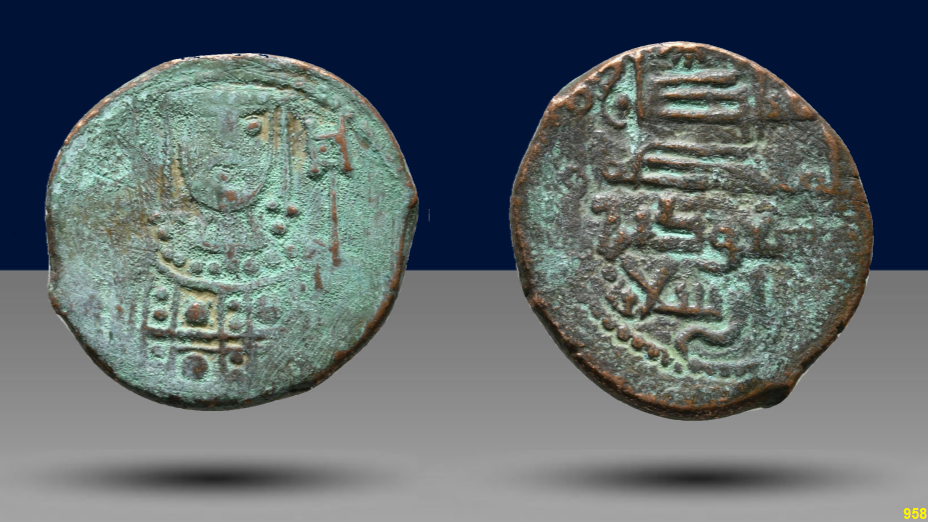 |
|||
|
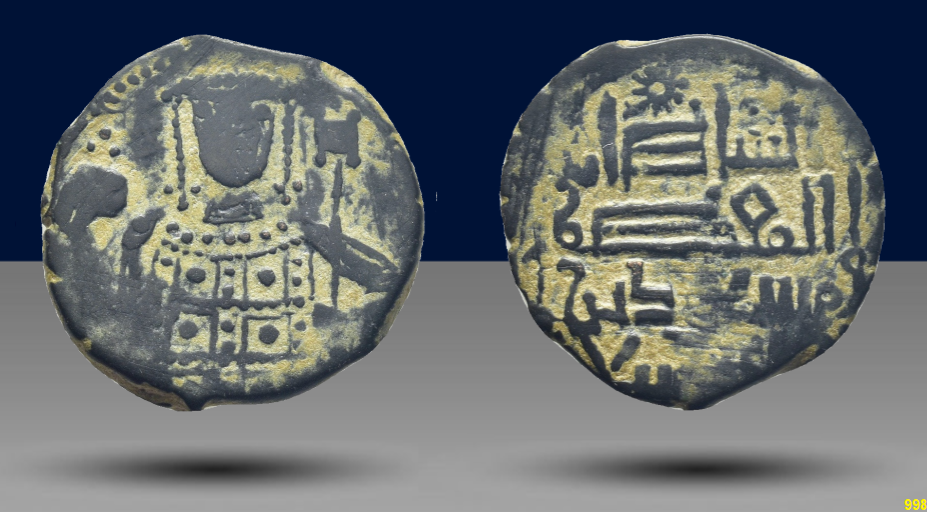 |
|||
| 'Izz al-Din Kilij Arslan II | 1156–1192 | The majority of Kılıj Arslan II's coins are silver dirhams; however, there are also a few dinars and one or two fulūs (small copper coins) issues. | ||
|
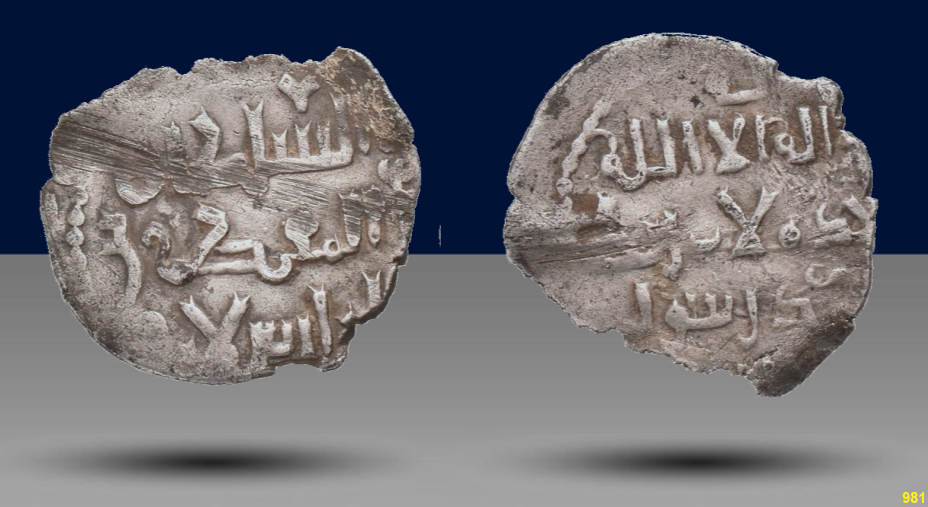 |
|||
|
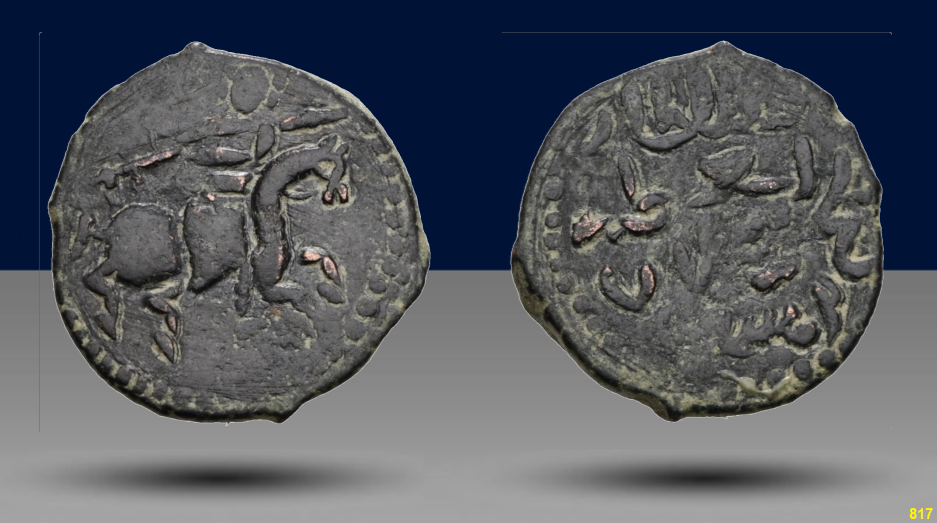 |
|||
|
INTERREGNUM - PERIOD OF THE MALIKS (AH589-597/ AD1193-1201) Qïlïch Arslan’s death in 588 led to a period of uncertainty in the sultanate. Although Kay Khusraw had been nominated as sultan by his father, his elder brother Malikshâh would also have had a claim. It appears that each prince was autonomous in the territory assigned to him in 582 with coins being struck by Malikshâh, Sulaymânshâh, Mas‘ûdshâh, Qay¤arshâh, and Kay Qubâdh as malik. It would have seem that each malik also had the title of ‘shâh’. Malikshâh appears to have incorporated it in his name while Sulaymân discarded it once he became sultan. Sulaymân eventually gained control of most of these territories by force of arms but this process occupied most of his reign as sultan. Kay Qubâdh, and Toghrïlshâh in Albistan were the only maliks to survive this period. Toghrïl was eventually moved to Erzurum in c.597, where he established a short independent dynasty, while Kay Qubâdh became sultan in 616. |
||||
| Tughril, malik of Erzurum | 1186-1202 | Tughril (or Toghril) was a Seljuk ruler of Erzurum, a city in present-day eastern Turkey and was a Malik (king or ruler) of a minor Seljuk state that emerged after the fragmentation of the Great Seljuk Empire. Erzurum was a strategically important city due to its location on major trade and military routes. | ||
|
 |
|||
| Giyath al-Din Kaykhusraw I | 1192–1196 | First reign: Kaykhusraw's first reign was short-lived, as he faced opposition from his brothers. After being deposed, he spent several years in exile, notably in Constantinople (modern-day Istanbul), which at the time was controlled by the Byzantine Empire. | ||
|
 |
|||
| Rukn al-Din Suleiman II |
1196–1204
|
Suleiman II, (Arabic: رکن الدین سلیمان شاه), was the Sultan of Rûm between 1196 and 1204. Son of Kilij Arslan II, Suleiman overthrew his brother, Sultan Kaykhusraw I, and became sultan in 1196. Suleiman fought neighbouring rulers and expanded the territories of the Sultanate. In 1201, he conquered Erzurum, giving it as a fief to Mughith al-Din Tugrulshah in 1202. Successful in the wars with the Byzantines, Suleiman was routed by the Georgians in the Battle of Basian of 1203. |
|
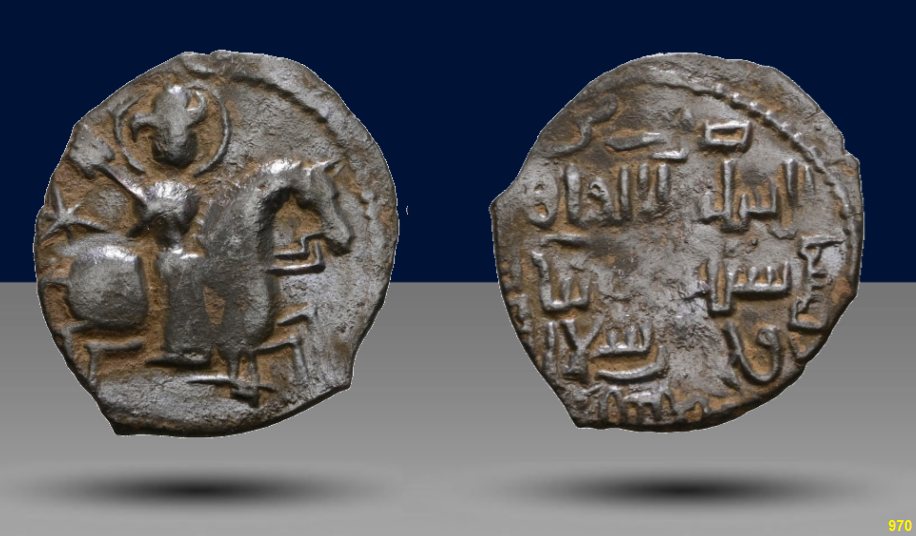 |
|||
| c.1203 - The Battle of Basiani was fought between the armies of Georgia and the Sultanate of Rum in the Basiani Valley, 60 km north-east of the city of Erzurum in what is now northeast Turkey. The date of the battle has been debated, but recent scholarship tends to favor the years 1203 or 1204. The site of the battle is usually identified as the castle of Micingerd (Mazankert).
The Georgian victory at Basian secured their advantage in the region. Using her success in this battle, Queen Tamar annexed Arran and Dvin, also subjugated the Emirate of Kars, the Shah-Armenids and the emirs of Erzurum and Erzincan. Despite the defeat, Tughril Shah, brother of Sultan Rukn ad-Din, retained control of Erzurum. However, later in 1206, the Georgians captured Erzurum and Kars. |
|||
| Kilij Arslan III | 1204–1205 | ||
| Giyath al-Din Kaykhusraw I | 1205–1211 | Second reign: Kaykhusraw regained the throne after the death of his brother Suleiman II. During his second reign, he worked to restore stability to the Sultanate of Rum. His rule is remembered for its focus on diplomacy, military campaigns, and cultural developments | |
See the Kaykhusraw I Equestrian coins |
 |
||
|
1211 - Battle of Alaşehir - Kaykhusraw I faced conflict with the Byzantine successor states in Anatolia, particularly the Empire of Nicaea. In 1211, he died at the Battle of Alaşehir (near present-day Manisa, Turkey) while fighting against the forces of the Byzantine Emperor Theodore I Laskaris. (Link for Wikipedia account). |
|||
| 'Izz al-Din Kayka'us I | 1211–1220 |
After Kay Khusraw’s death, Kay Kâwûs mobilised support from many amirs in Kayseri and Konya in opposition to his brothers. Kay Qubâdh, his main opponent, was defeated, probably in 608, and imprisoned. Secure in the sultanate, Kay Kâwûs settled the quarrel with the Greeks of Nicaea and then attacked Trebizond, capturing Alexius Comnenus who was forced to cede Sinope and to pay tribute. Although Konya was still a prominent mint for silver with dirhams recorded for most years between 608 and 615, this reign saw the opening in 610 of Sivas as a major mint producing gold, silver, and copper coins. In contrast, Malatya did not operate at all and Kayseri produced coins only in 608. An issue of dirhams from Tokat in 610 was probably struck to emphasise Kay Kâwûs’ control of the town, to contrast with Kay Qubâdh’s silver from the same mint two years earlier. |
|
|
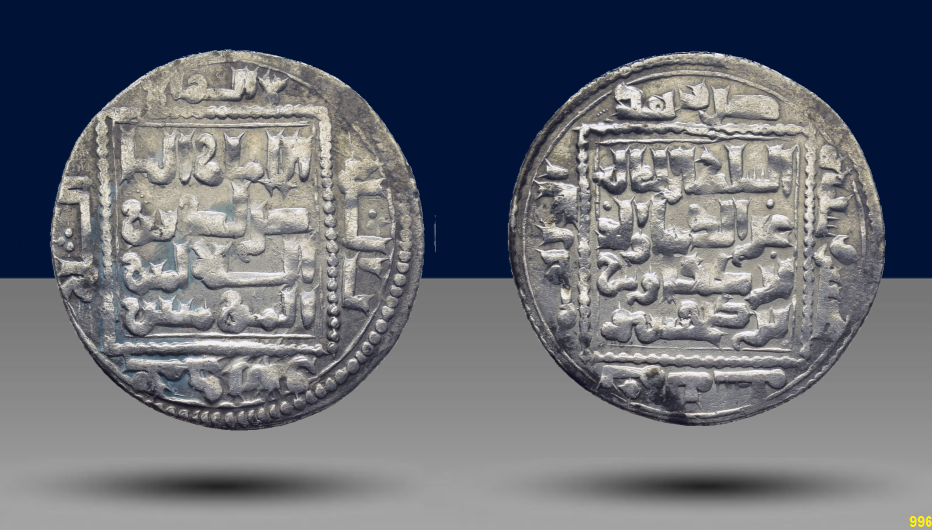 |
||
|
 |
||
| 'Ala al-Din Kayqubad I | 1220–1237 | ||
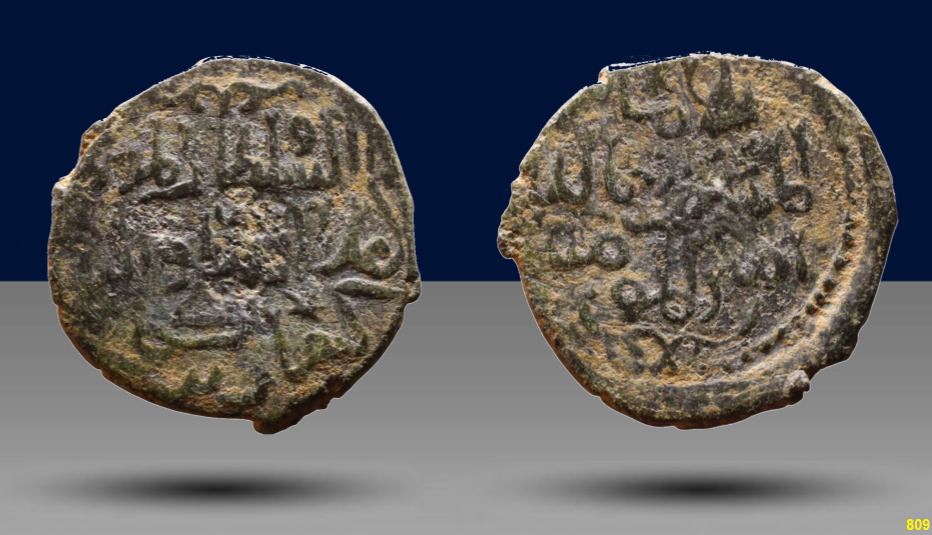 |
|||
|
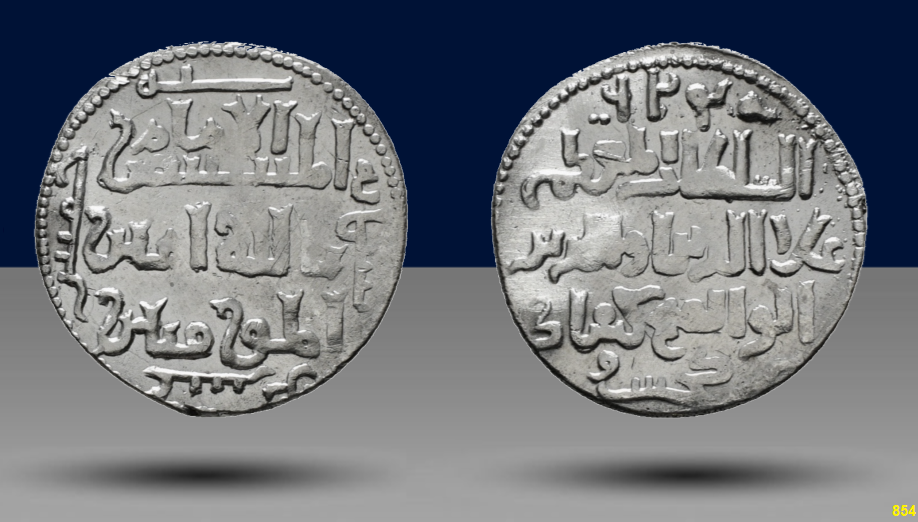 |
||
|
AR bilingual tram, in Arabic & Armenian - Actually an issue of the Cilician Armenian king Hetoum I (1226- 1271) as vassal of Kayqubad. Normally undated. See the joint issues with Hetoum I |
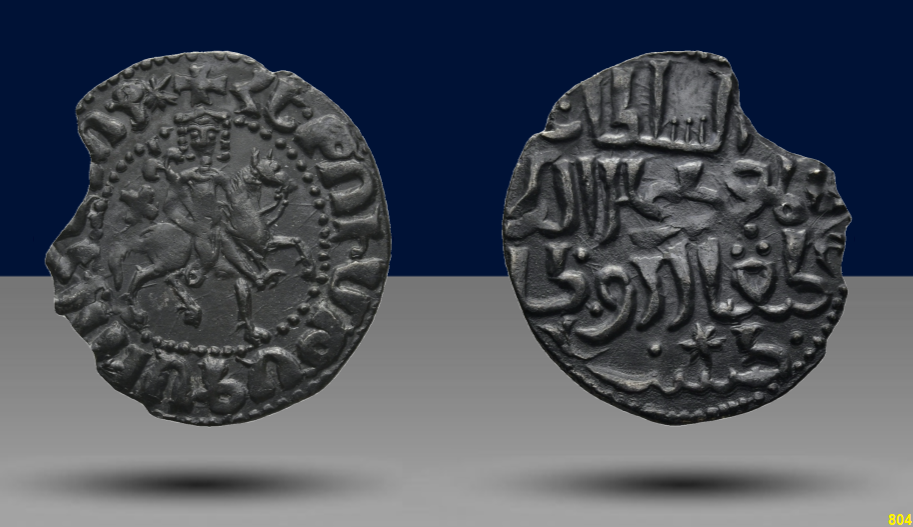 |
||
| Rukn al-Din Jahanshah bin Tughril (1225-30 AD) |
Rukn al-Din Jahanshah bin Tughril was a Turkoman king of the "Seljuqs of Erzurum". He was a son of Tughril ibn Kılıç Arslan II, also ruler of Erzurum (r. 1202–1225). Jahanshah was a grandson of Kilij Arslan II, who had partitioned his kingdom in Anatolia between his numerous sons. Before the 1201–1202 conquest of Erzurum by Suleiman II of Rûm, son of Kilij Arslan II, the region of Erzurum had been ruled by a local Turkoman dynasty, the Saltukids from 1071 until 1202. During the 30 years after this conquest, Erzurum was ruled by the two Seljuq princes Tughril ibn Kılıç Arslan II and Jahan Shah bin Tughril as an appanage. Jahanshah bin Tughril participated to the Siege of Ahlat. He also allied with the Khwarizmian Shah Jalal al-Din, until he was defeated at the Battle of Yassı Çimen in 1230. |
||
|
 |
||
| Giyath al-Din Kaykhusraw II | 1237–1246 | The sultan of the Seljuqs of Rûm from 1237 until his death in 1246. He ruled at the time of the Babai uprising and the Mongol invasion of Anatolia. He led the Seljuq army with its Christian allies at the Battle of Köse Dağ in 1243 and was the last of the Seljuq sultans to wield any significant power, he died a vassal of the Mongols.After his death, sultanate split until 1260 when Kilij Arslan IV remained the sole ruler. | |
| Kaykhusraw II- FIRST SERIES |
|
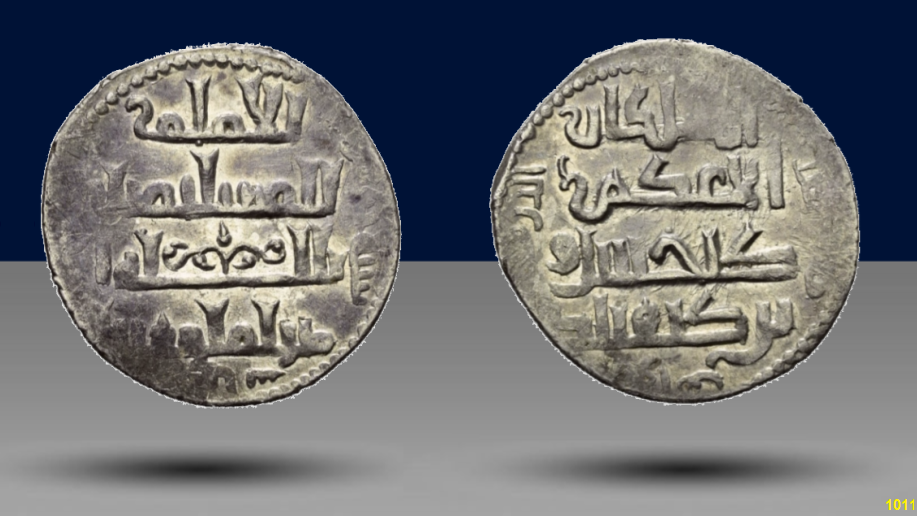 |
|
| SECOND SERIES: Between ca. 637 - 640 AH (1240–1243 AD) a series of remarkable dirhams were struck in Kaykhusraw’s name depicting a lion and sun. Generally, Islamic traditions forbid representations of living things so it is very unusual to find such iconography on Islamic coins. Several explanations of the lion and sun have been offered to suggest that the images represent the constellation Leo, the astrological sign of Kaykhusraw’s beloved Georgian wife Tamar or that the lion represents Kaykhusraw and the sun Tamar. An article by Abdül Halim Varol (link) recognises different types related to different mints. In general, coins minted in Siwas have a square text container on the reverse, whereas coins minted in Konya have no such box. | |||
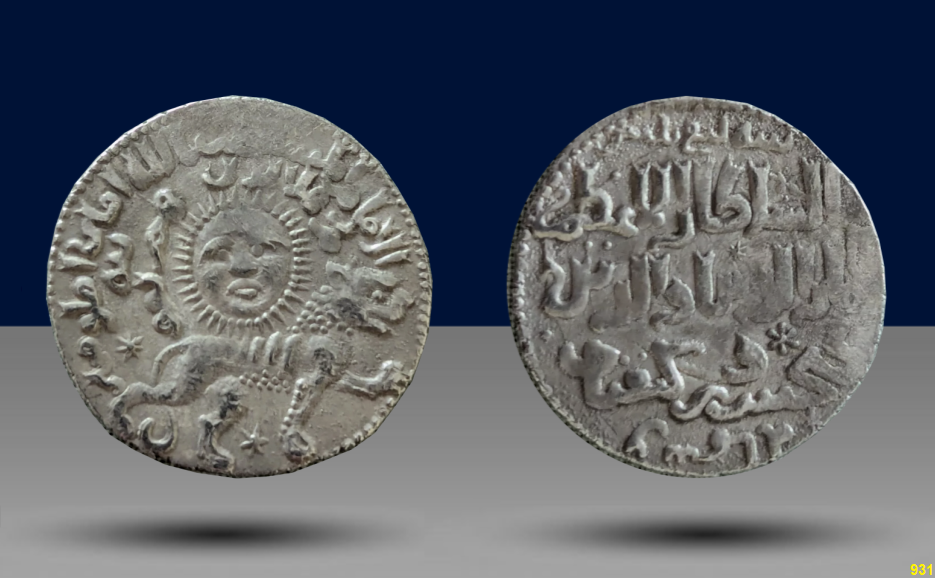 |
|||
|
|
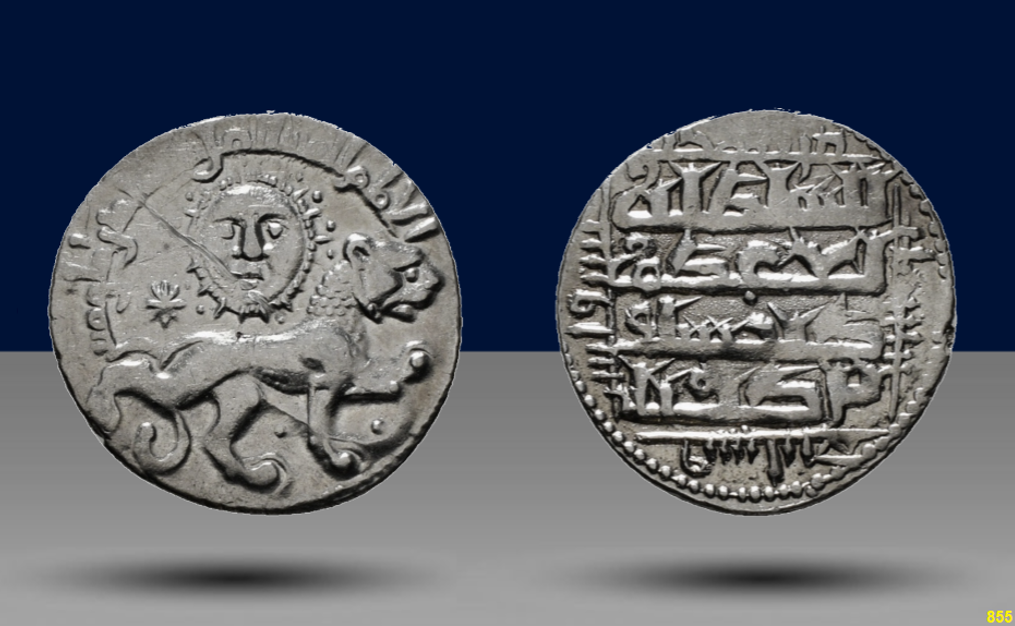 |
||
|
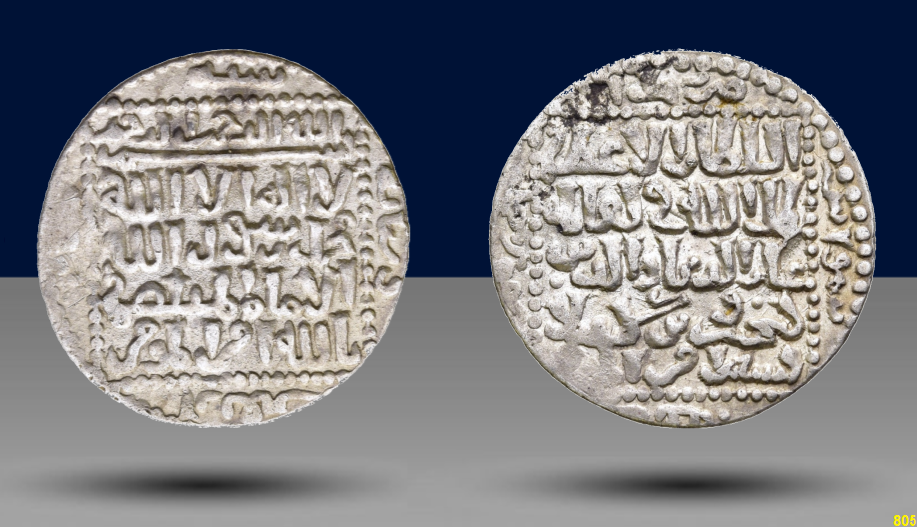 |
||
|
AR bilingual tram, in Arabic & Armenian - Issued by the Armenian ruler Hetoum I as vassal of Kaykhusraw II, minted at Sis in Cilicia (now called Kozan, about 68 km north of Adana in south central Turkey). Normally dated, though often the date is so incompetently engraved as to be illegible. Reported for all years 634-644, of which 634-636 are without the mint name. See the joint issues with Hetoum I |
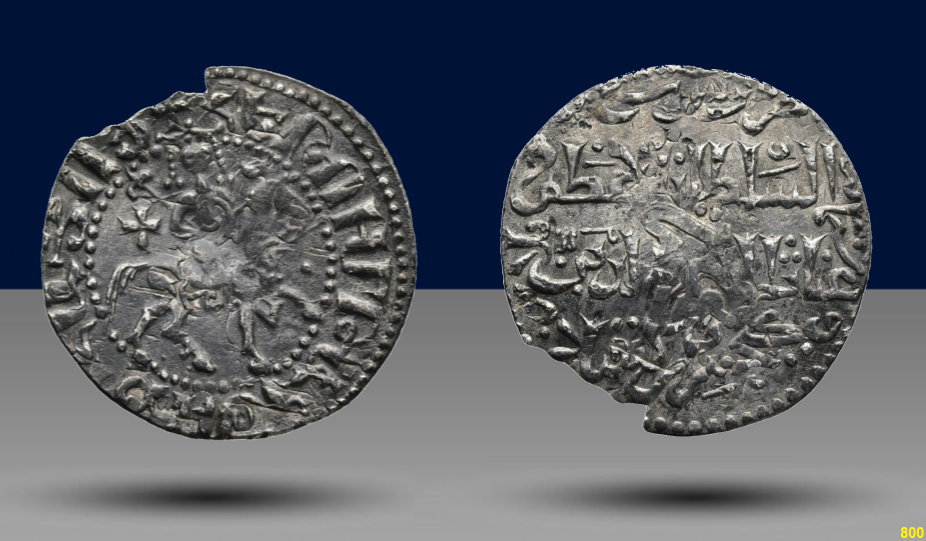 |
||
| The Battle of Köse Dağ took place in eastern Anatolia on 26 June 1243 when an army of the Sultanate of Rum, led by Sultan Kaykhusraw II, confronted an invading Mongol army under the general Baiju and was decisively defeated. The battle was the pivotal event of the Mongol conquest of Anatolia: Rum, previously a significant independent power in the eastern Mediterranean, was reduced to the status of a client kingdom, and its territories were later absorbed into the Mongol Ilkhanate. | |||
